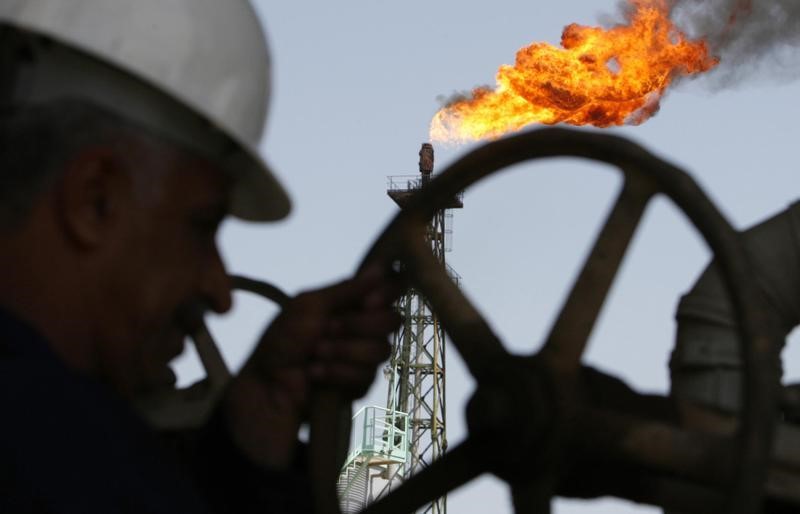By Ambar Warrick
Investing.com -- Oil prices hovered below a two-month high on Tuesday as markets weighed mixed demand signals from major importer China, although weakness in the dollar, on expectations of a less hawkish Federal Reserve, helped prices retain recent gains.
Data on Monday showed China’s oil imports jumped to a five-month high in October, driven largely by increased import quotas for local refiners, as Beijing struggles to shore up economic growth.
But other indicators show that sluggish economic activity is likely to keep Chinese demand subdued, although lower selling prices for crude and increased inventory building may support Chinese oil imports briefly.
Crude markets marked a choppy start to the week after Chinese authorities said they had no plans to scale back COVID-19 lockdowns in the country, especially as it grapples with its worst outbreak since May.
The move heralds more disruptions to business activity in the world’s largest oil importer, a trend that has decimated economic growth in the country this year.
Brent oil futures rose slightly to $98 a barrel, while West Texas Intermediate crude futures rose 0.2% to $91.95 a barrel by 20:37 ET (01:37 GMT). Both contracts briefly hit a two-month high on Monday, albeit in volatile trade.
Weakness in the dollar, driven by hopes of a less hawkish Federal Reserve, appeared to be the main driver of recent gains in oil prices. Crude markets rallied last week after several Fed officials said they support smaller interest rate rises in the coming months.
Investors are now awaiting U.S. CPI inflation data due later this week, which is expected to factor into the Fed’s plans for more rate hikes. Rising interest rates were one of the biggest weights on oil prices this year, as markets feared tighter monetary policy will hurt crude demand.
In the U.S., focus is also on the midterm elections, starting later in the day, which will see Americans voting to decide which party controls both chambers of Congress.
President Joe Biden had released oil from the country’s Strategic Petroleum Reserve in a bid to lower gasoline prices ahead of the elections.
But tightening supply, especially after a production cut by the Organization of Petroleum Exporting Countries (OPEC), pushed up crude prices. Tighter supply is also expected to keep crude prices elevated in the coming months, particularly if demand increases during winter.
